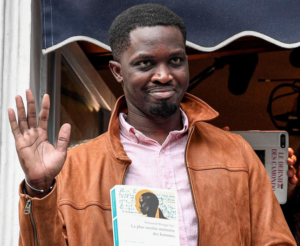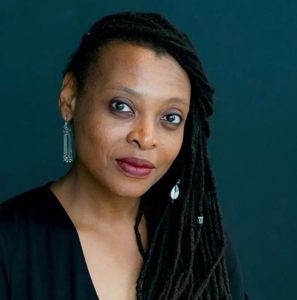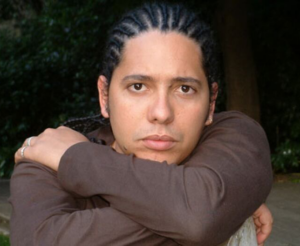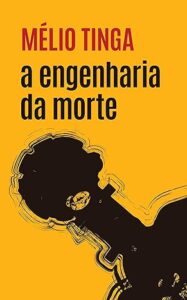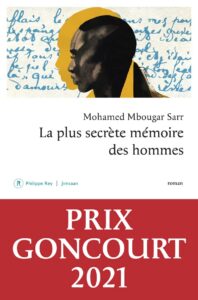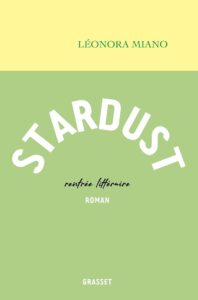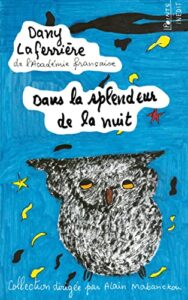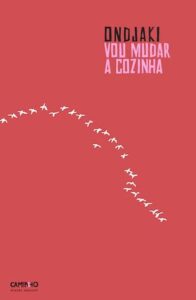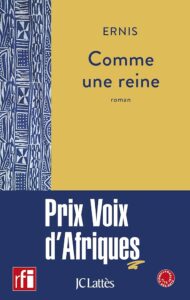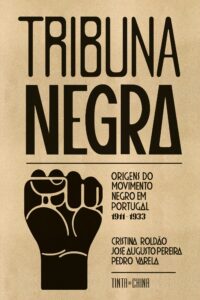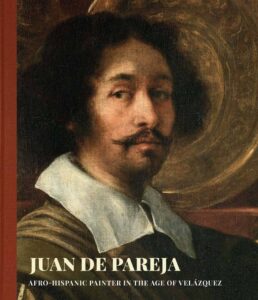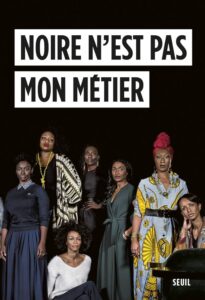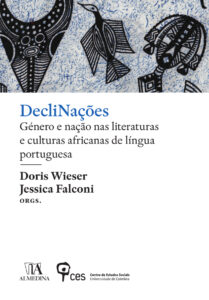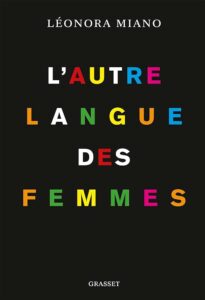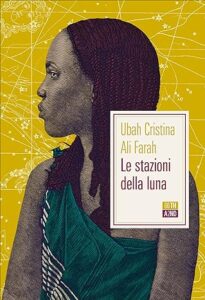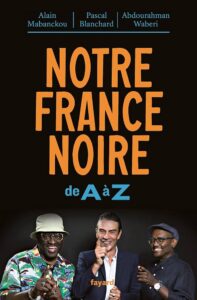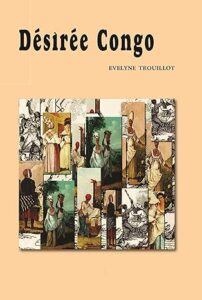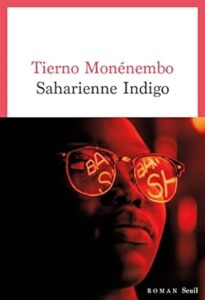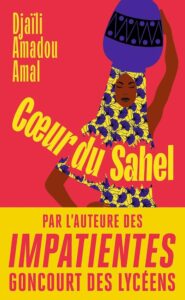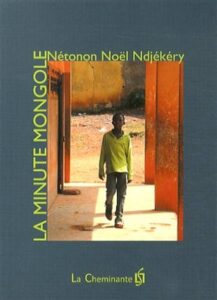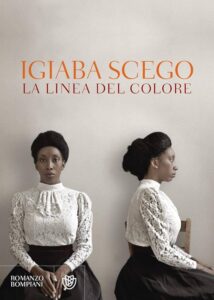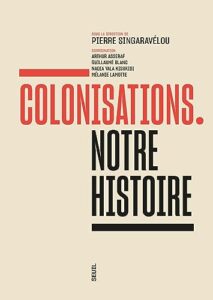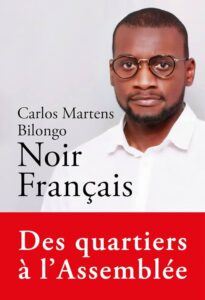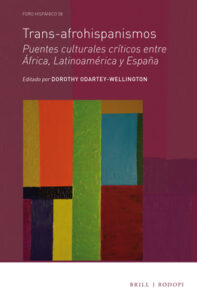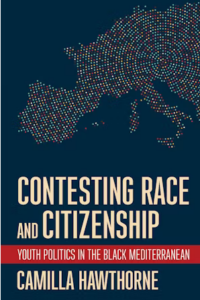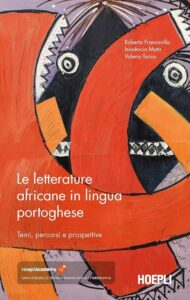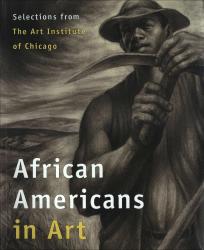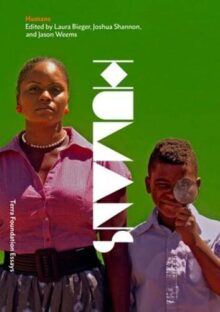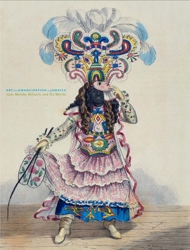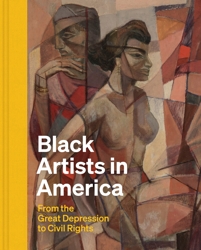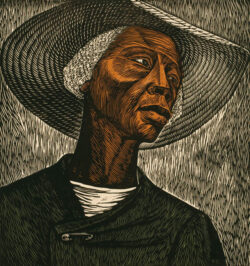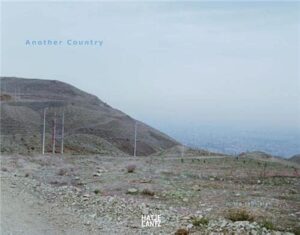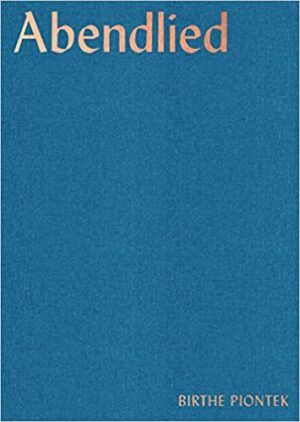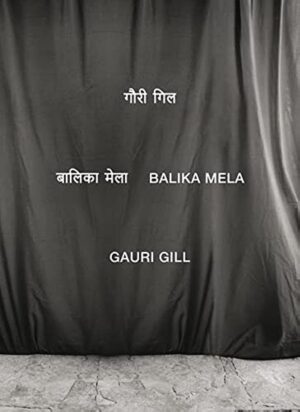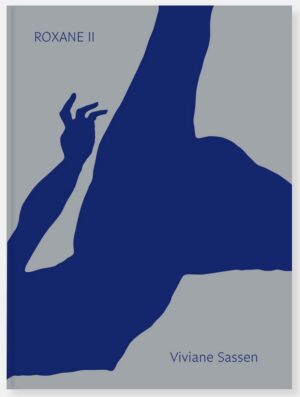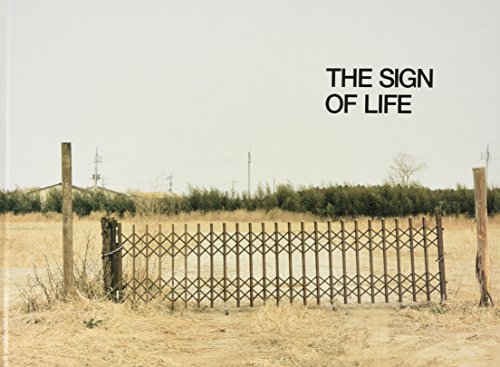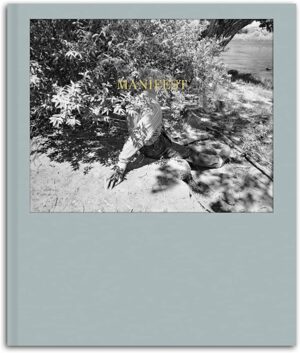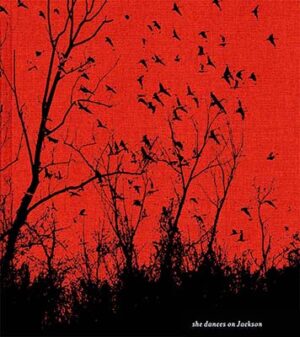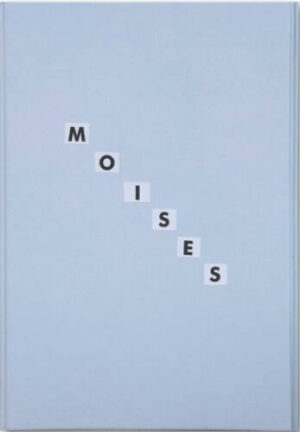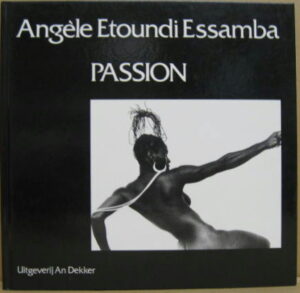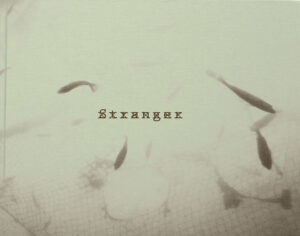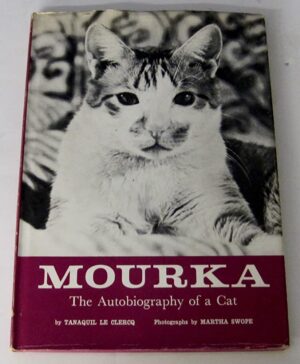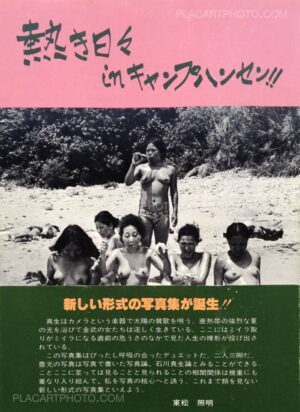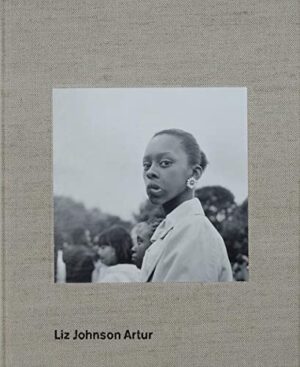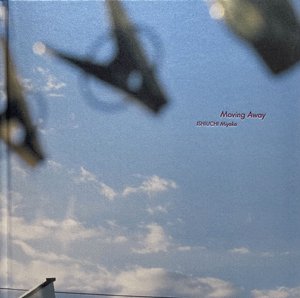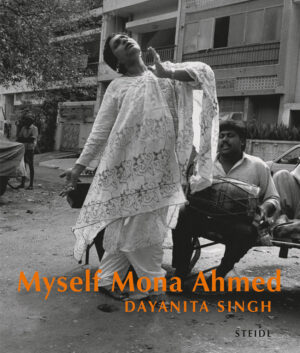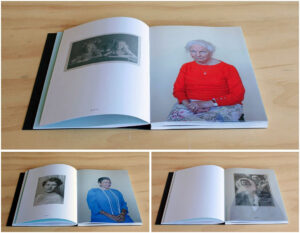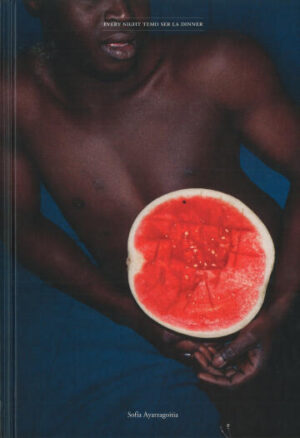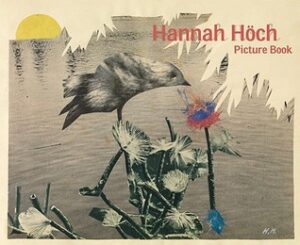Tag: New Acquisitions
A Californiana Returns to the Bay Area: Ana María de la Guerra de Robinson
Women’s history month is the perfect time to announce an exciting addition to Bancroft Library’s collection of daguerreotype portraits. At the end of 2023 the library was able to acquire a beautiful 1850s portrait of a Californiana: doña Ana María de la Guerra de Robinson, also known as Anita.
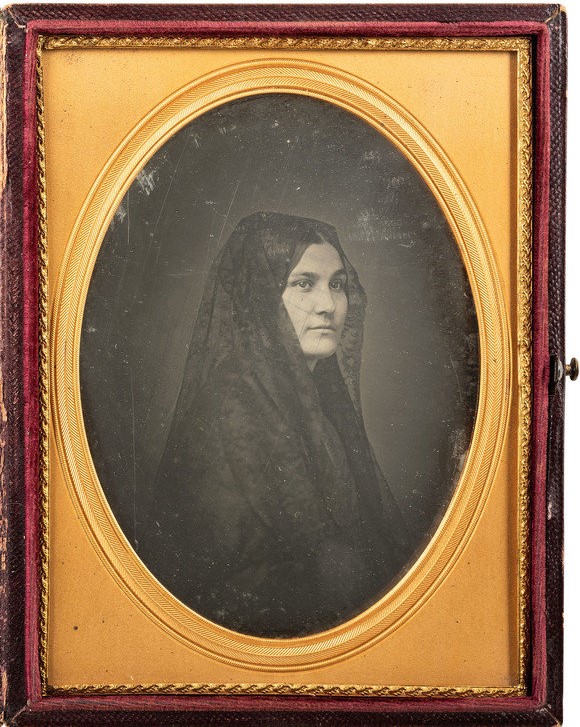
In this large (half plate format) daguerreotype of about 1850-1855, Anita wears a lace mantilla, in the Spanish fashion. A beautiful large daguerreotype like this was an extravagance at the time, and the portrait is all the more evocative because Anita, tragically, died within a few years of its creation.
Fortunately, quite a bit is known about her life. Anita was born into the prominent de la Guerra family of Santa Barbara in 1821 -– the same year the Spanish colonial period ended and control by an independent Mexico began. She was married at age 14, to an American trader and businessman named Alfred Robinson, 14 years her senior. This wedding is described in Richard Henry Dana’s Two Years Before the Mast, so we have an unusually detailed account of what was a grand occasion.
She and her husband snuck away from her family in 1838, leaving their baby daughter behind with her grandparents. Anita, age 15, wrote ”We have left the house like criminals and left here those who have possession of our hearts.” Various writers have interpreted these circumstances differently but, whatever the reason for this strange departure, Anita spent the next 15 years in Boston and the East Coast, seemingly eager to return home, but continually disappointed in the hope. It is hard to imagine that her life was entirely happy, in spite of the steady growth of her family and the prosperity and social prominence the Robinsons and de la Guerras enjoyed.
Having borne seven children, and having witnessed from afar (and apparently mourned) the transition of her homeland from Mexican territory to American statehood, Anita finally returned to California in the summer of 1852. It is likely she had her daguerreotype portrait taken at this time, in San Francisco, although it could have been taken back east. Sadly, she lived just three more years in California, dying in Los Angeles in November 1855, a few weeks after giving birth to a son. She is buried at Mission Santa Barbara.
A study of Anita’s life was published by Michele Brewster in the Southern California Quarterly in 2020 (v.102 no. 2, pg. 101-42) . Read more of her story!
With such a fascinating and relatively well-documented life, we’re thrilled to have Anita’s beautiful portrait here at Bancroft. It joins other de la Guerra family portraits, as well as numerous papers related to the family, including “Documentos para la historia de California” (BANC MSS C-B 59-65) by her father, José de la Guerra y Noriega.
Two of Anita’s sisters had “testimonias” recorded by H.H. Bancroft and his staff; one from Doña Teresa de la Guerra de Hartnell (BANC MSS C-E 67) and another from Angustias de la Guerra de Ord (BANC MSS C-D 134).
Anita’s daguerreotype itself presents an interesting conundrum and history. The photographer is unknown, as is common with daguerreotypes. The portrait has been known over the years because later copies exist in several historical collections, including the California Historical Society, the Massachusetts Historical Society, and Bancroft Library’s own Portrait File.
The daguerreotype acquired last Fall was owned for some decades by a collector. When he acquired it, it was unidentified. Later he encountered a reproduction of it in a historical publication, and thus had the identification of the sitter. Each of the known copies is somewhat different from the others. In her article, Brewster reproduces the copy from the Massachusetts Historical Society. It is a paper print on a carte de visite mount bearing the imprint of San Francisco photographer William Shew, at 115 Kearny Street.
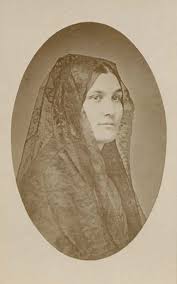
Based on this information, Brewster attributed the portrait to Shew; however, Shew is merely the copy photographer. A daguerreotype, largely out of use by the 1860s, is a unique original, not printed from a negative, so only one exists unless it is copied by camera. The carte de visite format was not in widespread use until the 1860s, and Shew was not at the Kearny address until the 1872-1879 period. So the photographer remains unidentified.
Another puzzle is posed by the early 20th century reproductions in the Bancroft Portrait File and the California Historical Society, which appear identical. These copies present a less closely cropped pose than the original daguerreotype, which is perplexing! Anita’s lap and hands are visible in the copies, but not in the daguerreotype. Although the bottom of the daguerreotype plate is obscured by its brass mat, there is not enough room at the lower edge to include these details.
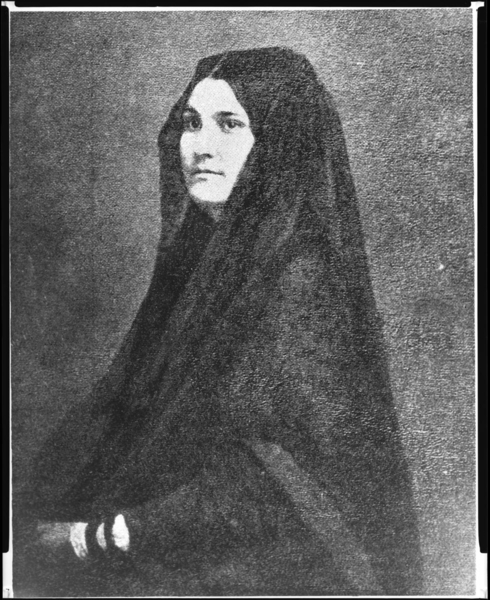
How could a copy contain more image area than the original? Upon reflection, two possibilities come to mind:
1) the daguerreotype was copied in the 19th century and photographically enlarged, then re-touched or painted over to yield a larger portrait that included her lap and hand, added by an artist. This reproduction was later photographed to produce the copies in the Portrait File and CHS.
or,
2) the original daguerreotype included her lap and hand, and it was re-daguerreotyped for family members in the 1850s, perhaps near the time of Anita’s 1855 death. When the copy daguerreotypes were made, they were composed more tightly in on the sitter, omitting the lap and hands. The newly acquired Bancroft daguerreotype could be a copy of a still earlier plate – and this earlier plate could be the source of the later paper copy in the Portrait file.
This will likely remain a mystery until other variants of this portrait surface. Are there other versions of this portrait of Anita de la Guerra de Robinson to be revealed?
Reference
Brewster, Michele M. “A Californiana in Two Worlds: Anita de La Guerra Robinson, 1821–1855.” Southern California Quarterly 102, no. 2 (2020): 101–42. https://www.jstor.org/stable/27085996.
Celebrating Black History Month in the Romance Languages
Contemporary Black, African, and African diaspora writers across the world are redefining literature and criticism in French, Italian, Spanish and Portuguese. Here are some noteworthy books in their original languages recently acquired by the UC Berkeley Library. Translations into English may also be available for some of the better known.
Mélio Tinga
Mohamed Mbougar Sarr
Léonora Miano
Cristina Roldão et al.
David Pullins
Aïssa Maïga et al.
Doris Wieser & Jessica Falconi, orgs
Léonora Miano
Ubah Cristina Ali Farah
Alain Mabanckou, Pascal Blanchard, et Abdourahman Waberi
Evelyne Trouillot
Dimitry Elias Léger
Tierno Monénembo
Djaïli Amadou Amal
Nétonon Noël Ndjékéry
Igiaba Scego
Pierre Singaravélou
Carlos Martens Bilongo
Dorothy Odartey-Wellington, ed.
Camilla Hawthorne
Inocência Mata et al., eds.
Please also see the related English literatures post for Black History Month 2024 and the Black History at Cal library research guide.
New Publication by Art History Faculty Henrike Lange
You can view Art History Professor Henrike Lange’s new book Eclipse and Revelation: Total Solar Eclipses in Science, History, Literature and the Arts, online.
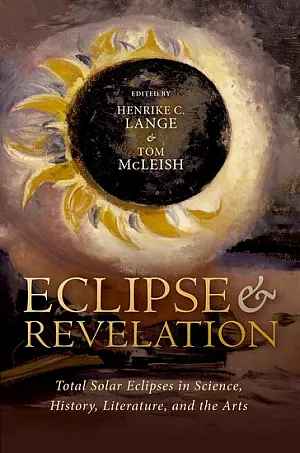
From the Oxford University Press website:
“A total solar eclipse is a spectacle without equal. Henrike Christiane Lange and Tom McLeish study the human and cultural impact of totality. Every human culture has a mythology about solar eclipses. These stories should be told and this book is an excellent survey of many cultures across the continents and throughout the centuries. I especially enjoyed the excerpts from Tom McLeish’s travel diary from August 2017 which capture the thrill of the chase and the allure of the corona in the co-authored Introduction. Chapter 2 by my late friend Jay Pasachoff on the solar corona is a masterclass in science communication. I highly recommend Eclipse & Revelation to anyone interested in solar eclipses and their many interactions with humanity.” — Michael Zeiler, Cartographer and Eclipse Chaser
“Genius! Truly marvelous and relevant work, beautifully illustrated and delivered: an utterly brilliant new take on interdisciplinary collaborations between the arts, humanities, and sciences exploring a gripping natural phenomenon across human history. Unlike any other, this book includes fascinating perspectives and early science from ancient Asia, Assyria, Babylonia, India, China, Greece and Rome, the scientific revolution to the present… – all topped off with the latest meteorological methods and a conclusion that creates a poetic awareness of the entire cosmos… Lange and McLeish deliver a passionate defense of the liberal arts and a delightful account of the perpetual curiosity, excitement, joy, and enduring love of wisdom at the core of the scientific and scholarly life.” — Andrew Stewart, Professor emeritus, History of Art and Classics at the University of California, Berkeley
Exploring the Arts during Black History Month
“The A&AePortal is committed to featuring groundbreaking and authoritative books on African Americans and the arts. Here are some highlights—see what might be helpful in your teaching, coursework, or research!” – from the A&Ae Portal Website.
Explore the Arts and Architecture E Portal from Yale University Press provided to you by UC Berkeley Library. Click the link to see these and other titles about the African American and Black Diaspora.
Visit the Art History/ Classics library to view more new books on Black and African American Artists now on display in 308 Doe.
CANCELLED Book Talk Sunday December 3rd from Art History Faculty Julia Bryan-Wilson
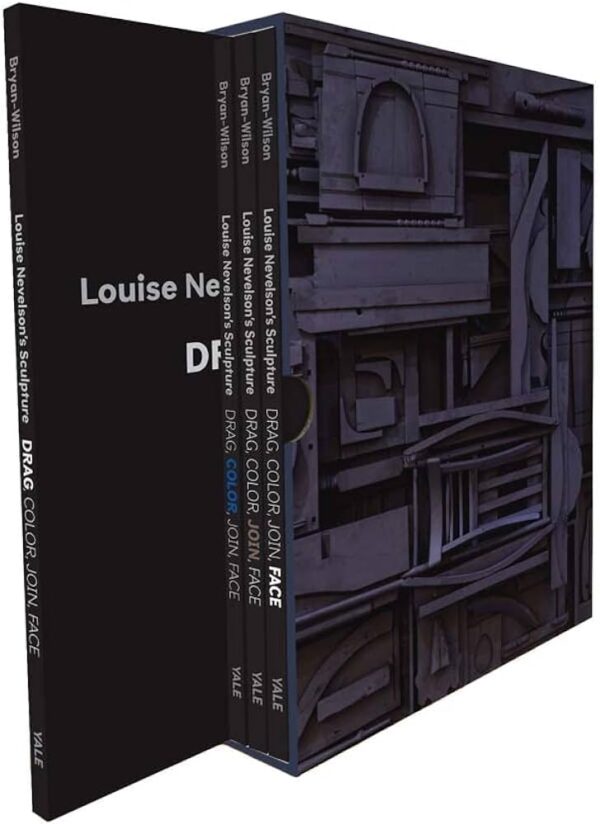
Julia Bryan-Wilson, Professor of Modern and Contemporary Art, will discuss her new book, Louise Nevelson’s Sculpture: Drag, Color, Join, Face , with Leigh Raiford, Professor of African American and African Diaspora Studies, at the Berkeley Art Museum and Pacific Film Archive on Sunday, December 3rd at 2pm. Click the link for more information.
From the publisher’s website:
“A daring reassessment of Louise Nevelson, an icon of twentieth-century art whose innovative procedures relate to gendered, classed, and racialized forms of making
“Here is a book that is not only a transformative study of a single artist but also a record of the scholar’s own labor—and her devotion.”—Artforum
In this radical rethinking of the art of Louise Nevelson (1899–1988), Julia Bryan-Wilson provides a long-overdue critical account of a signature figure in postwar sculpture. A Ukraine-born Jewish immigrant, Nevelson persevered in the male-dominated New York art world. Nonetheless, her careful procedures of construction—in which she assembled found pieces of wood into elaborate structures, usually painted black—have been little studied.
Organized around a series of key operations in Nevelson’s own process (dragging, coloring, joining, and facing), the book comprises four slipcased, individually bound volumes that can be read in any order. Both form and content thus echo Nevelson’s own modular sculptures, the gridded boxes of which the artist herself rearranged. Exploring how Nevelson’s making relates to domesticity, racialized matter, gendered labor, and the environment, Bryan-Wilson offers a sustained examination of the social and political implications of Nevelson’s art. The author also approaches Nevelson’s sculptures from her own embodied subjectivity as a queer feminist scholar. She forges an expansive art history that places Nevelson’s assemblages in dialogue with a wide array of marginalized worldmaking and underlines the artist’s proclamation of allegiance to blackness.”
New Publication from Faculty Julia Bryan-Wilson
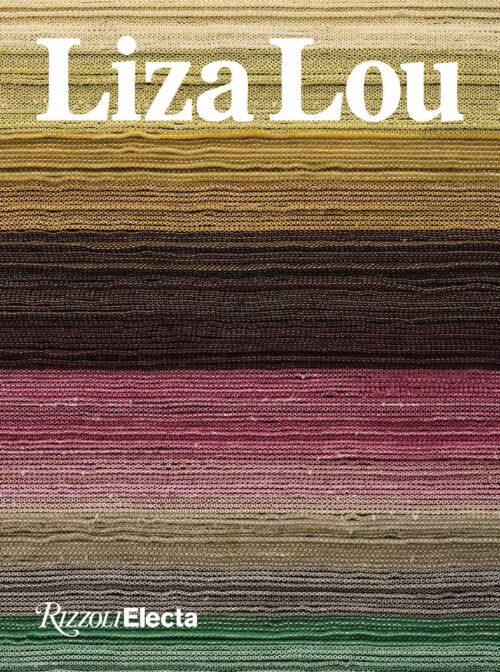
The most comprehensive book on the work of Liza Lou, whose popular and critically acclaimed installations made entirely of beads consider the important themes of women, community, and the valorization of labor.
Liza Lou first gained attention in 1996 when her room-sized sculpture Kitchen was shown at the New Museum in New York. Representing five years of individual labor, this groundbreaking work subverted standards of art by introducing glass beads as a fine art material. The project blurred the rigid boundary between fine art and craft, and established Lou’s long-standing exploration of materiality, process, and beauty. Working within a craft métier has led the artist to work in a variety of socially engaged settings, from community groups in Los Angeles, to a collective she founded in Durban, South Africa. Over the past fifteen years, Lou has focused on a poetic approach to abstraction as a way to highlight the process underlying her work.
In this comprehensive volume that considers the entirety of Lou’s singular vision, curators, art historians, and artists offer important perspectives on the breadth of the work.
New Publication by Faculty Lisa Pieraccini
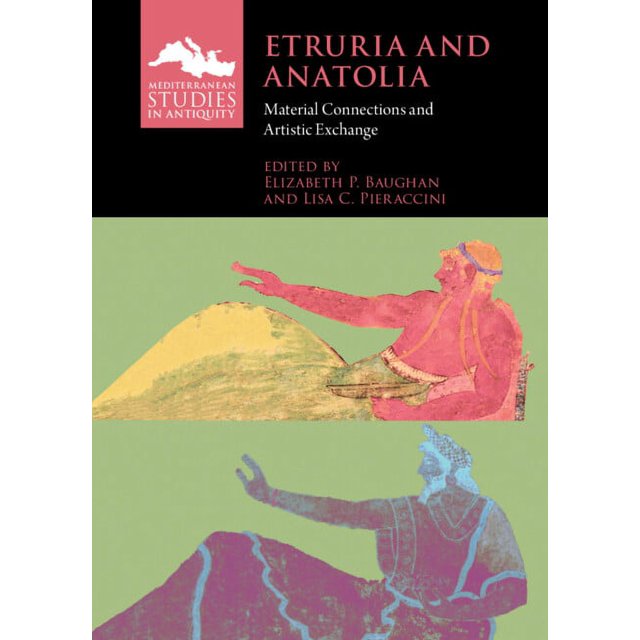
Lisa Pieraccini, Lecturer of First Millennium BCE Italy, Reception, Collecting, has published a new book, available from the UC Berkeley Library. It is also available as an e-book.
From the publisher’s website:
Striking similarities in Etruscan and Anatolian material culture reveal various forms of contact and exchange between these regions on opposite sides of the Mediterranean. This is the first comprehensive investigation of these connections, approaching both cultures as agents of artistic exchange rather than as side characters in a Greek-focused narrative. It synthesizes a wide range of material evidence from c. 800 – 300 BCE, from tomb architecture and furniture to painted vases, terracotta reliefs, and magic amulets. By identifying shared practices, common visual language, and movements of objects and artisans (from both east to west and west to east), it illuminates many varied threads of the interconnected ancient Mediterranean fabric. Rather than trying to account for the similarities with any one, overarching theory, this volume presents multiple, simultaneous modes and implications of connectivity while also recognizing the distinct local identities expressed through shared artistic and cultural traditions.
New Publication by Faculty Margaretta Lovell
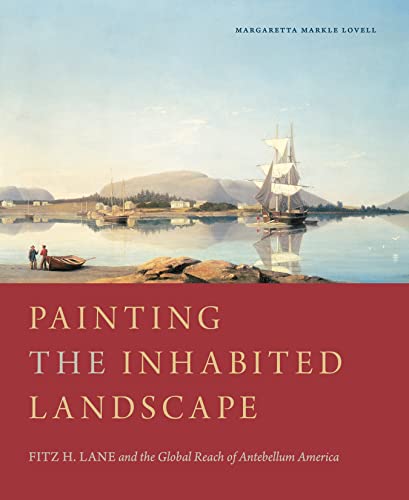
Books from the Richard Sun Photography Donation
Come see books recently on display from the Richard Sun Photography Book Donation. These items are now shelved in the Art History/ Classics Library. Click the titles to see their records in UC Library Search.
Another Country Abendlied Balika Mela
Roxane II The Sign of Life Manifest
Women Photographers Book Selections from the Richard Sun Donation
Here is a selection of books of the works of women photographers recently donated by Richard Sun. Additional books from the donation are now on display in the Art History/Classics library. Click the links to see their records in UC Library Search.
Stranger: Olivia Arthur Mourka: Martha Swope Hot Days in Camp Hansen: Mao Ishikawa
Liz Johnson Artur Moving Away: Ishiuchi Miyako Myself Mona Ahmed: Dayanita Singh
Memorandum: Ana Paula Estrada Every Night Temo Ser La Dinner: Sofia Ayarzagoitia Picture Book: Hannah Hock
